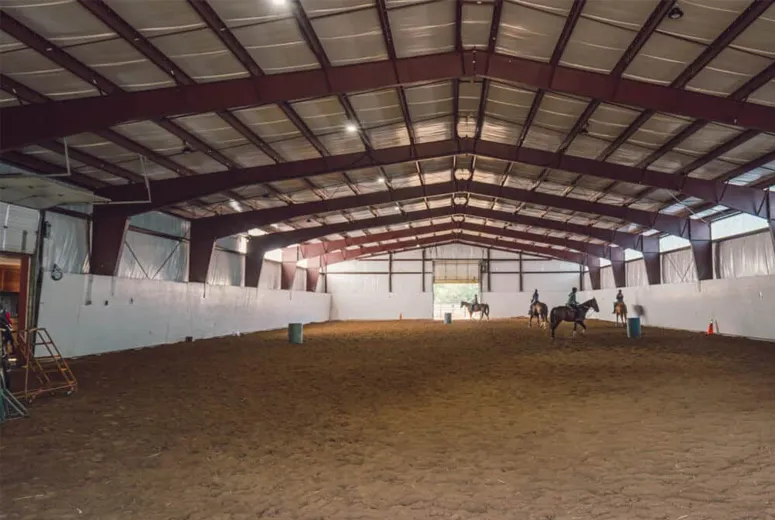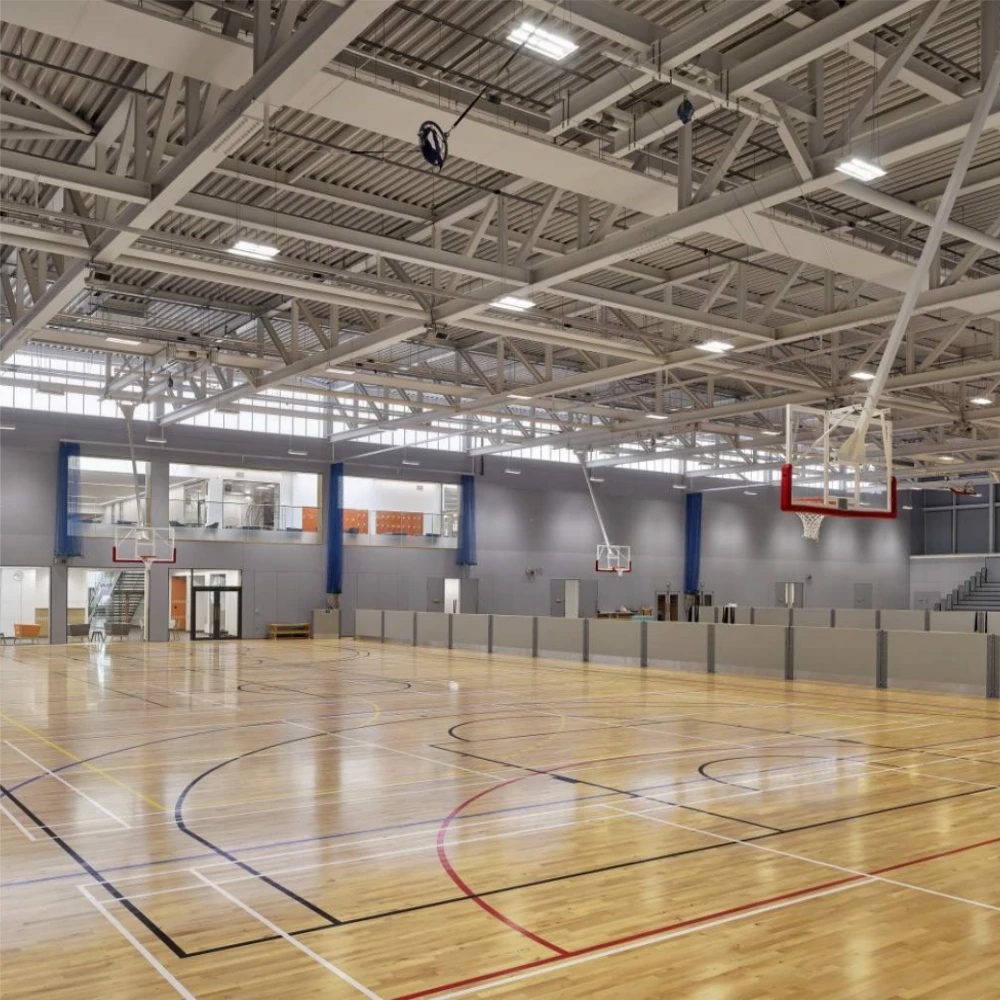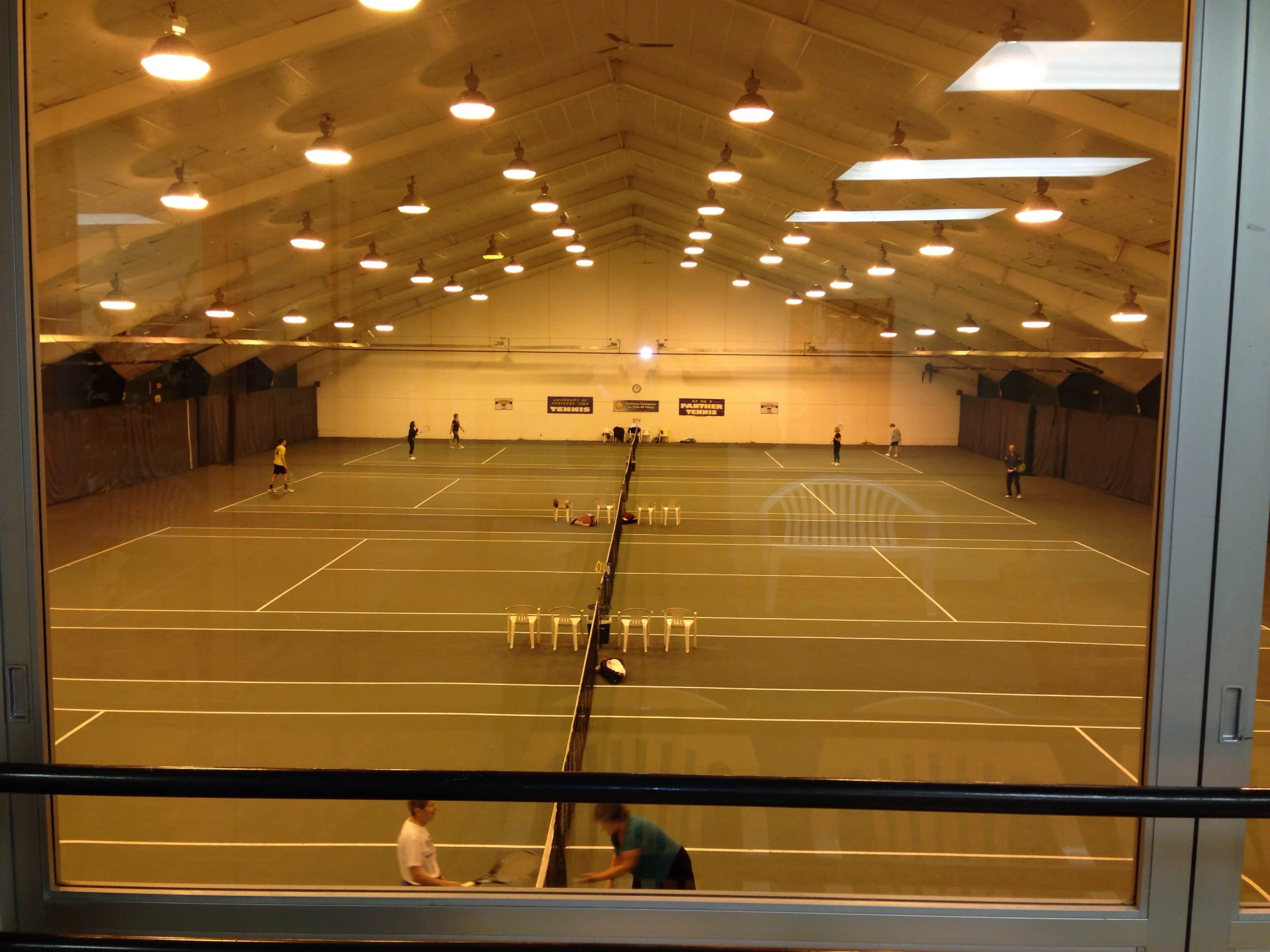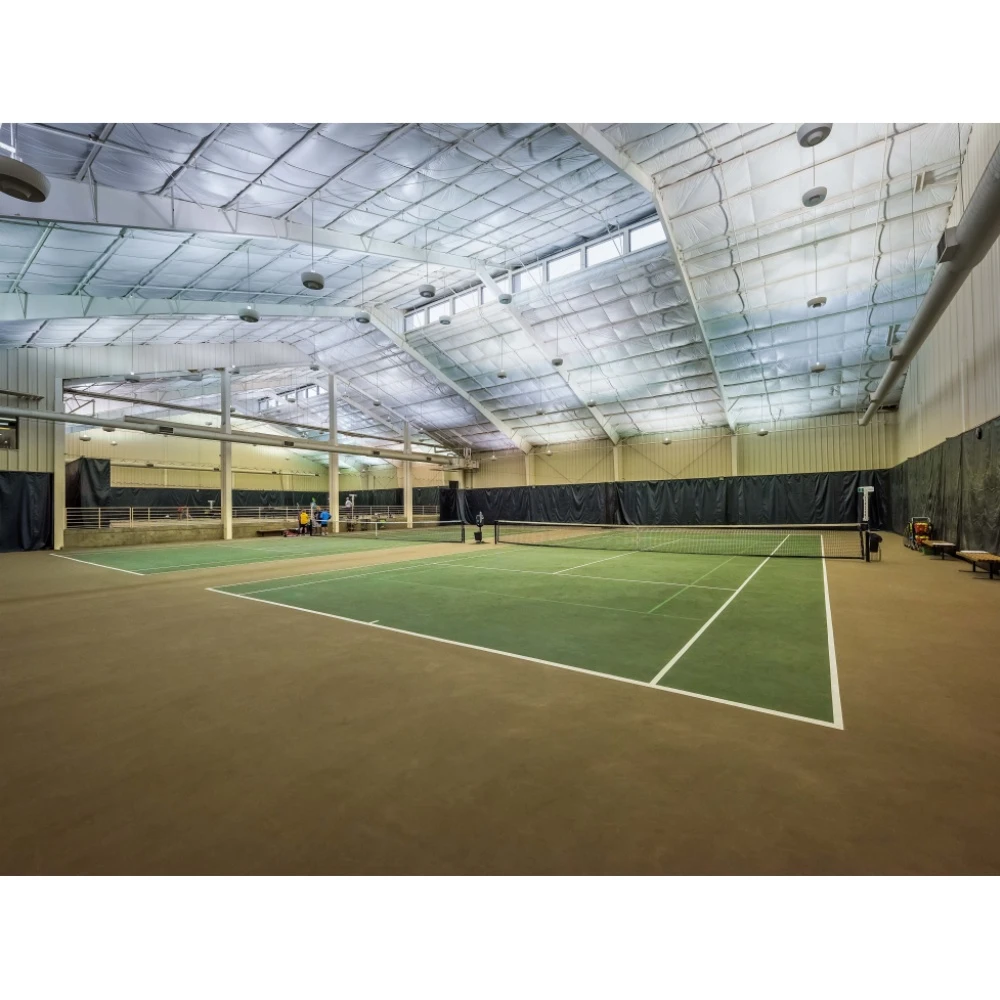- Afrikaans
- Albanian
- Amharic
- Arabic
- Armenian
- Azerbaijani
- Basque
- Belarusian
- Bengali
- Bosnian
- Bulgarian
- Catalan
- Cebuano
- Corsican
- Croatian
- Czech
- Danish
- Dutch
- English
- Esperanto
- Estonian
- Finnish
- French
- Frisian
- Galician
- Georgian
- German
- Greek
- Gujarati
- Haitian Creole
- hausa
- hawaiian
- Hebrew
- Hindi
- Miao
- Hungarian
- Icelandic
- igbo
- Indonesian
- irish
- Italian
- Japanese
- Javanese
- Kannada
- kazakh
- Khmer
- Rwandese
- Korean
- Kurdish
- Kyrgyz
- Lao
- Latin
- Latvian
- Lithuanian
- Luxembourgish
- Macedonian
- Malgashi
- Malay
- Malayalam
- Maltese
- Maori
- Marathi
- Mongolian
- Myanmar
- Nepali
- Norwegian
- Norwegian
- Occitan
- Pashto
- Persian
- Polish
- Portuguese
- Punjabi
- Romanian
- Russian
- Samoan
- Scottish Gaelic
- Serbian
- Sesotho
- Shona
- Sindhi
- Sinhala
- Slovak
- Slovenian
- Somali
- Spanish
- Sundanese
- Swahili
- Swedish
- Tagalog
- Tajik
- Tamil
- Tatar
- Telugu
- Thai
- Turkish
- Turkmen
- Ukrainian
- Urdu
- Uighur
- Uzbek
- Vietnamese
- Welsh
- Bantu
- Yiddish
- Yoruba
- Zulu
Oct . 19, 2024 06:02 Back to list
Structural Metal Roof Decking An Essential Component of Modern Construction
Structural metal roof decking serves as a fundamental element in the construction of modern buildings, providing both strength and versatility. This type of decking is made from steel or other metal alloys that are shaped into panels, offering a robust surface for various roofing systems. As urban architecture evolves and economic factors drive the need for efficient materials, structural metal roof decking stands out as a preferred choice among architects and builders alike.
Advantages of Structural Metal Roof Decking
One of the primary benefits of structural metal roof decking is its remarkable strength-to-weight ratio
. Compared to traditional materials like wood, metal decking offers superior durability while being lighter, which reduces the overall weight load on the building's structural framework. This property is particularly advantageous in high-rise constructions where minimizing weight is critical for structural safety.Additionally, metal roof decking exhibits excellent resistance to environmental factors such as moisture, fire, and pests. Unlike wood, which can warp or deteriorate when exposed to these elements, metal decking maintains its integrity over time. This resistance contributes to lower maintenance costs and longer life spans, making it an economical choice in the long run.
Installation and Design Flexibility
Another key advantage of metal roof decking is its ease of installation. The panels can be prefabricated to precise specifications, allowing for quick and efficient installation on site. This speed not only accelerates the construction timeline but also helps reduce labor costs. The lightweight nature of metal decking enables fewer workers to handle larger panels, simplifying the logistics of construction.
structural metal roof decking

Moreover, metal roof decking can accommodate a wide variety of roofing systems, including single-ply membranes, built-up roofs, and standing seam metal roofs. This flexibility allows architects and builders to tailor their designs to meet specific functional and aesthetic needs without compromising on structural integrity.
Sustainability and Energy Efficiency
In today's environmentally conscious construction landscape, sustainability is a significant consideration. Metal roof decking is often made from recycled materials and is itself recyclable at the end of its life cycle. This characteristic aligns with green building practices, helping to reduce the environmental impact of construction projects.
Furthermore, the reflective properties of metal can lead to improved energy efficiency. By reflecting harmful UV rays, metal roof decks help maintain comfortable temperatures within a building, thus reducing the need for artificial cooling. This feature not only enhances occupant comfort but also contributes to lower energy bills, making metal decking a sustainable choice for building owners.
Conclusion
In summary, structural metal roof decking plays a crucial role in contemporary construction. Its strength, durability, and ease of installation make it a desirable choice for a range of applications. As the demand for efficient, sustainable building solutions continues to grow, metal roof decking is poised to remain a cornerstone of modern architectural design. Whether for commercial or residential use, investing in quality metal decking can yield long-lasting benefits, ensuring that buildings not only meet but exceed the expectations of safety, efficiency, and style. With its numerous advantages, structural metal roof decking will undoubtedly continue to be a vital component in the evolution of construction methodologies.
-
How Do Prefabricated Steel Structures Transform Modern Construction?
NewsJul.14,2025
-
How Do Prefabricated Metal Buildings Redefine Modern Construction?
NewsJul.14,2025
-
How Do Prefab Insulated Metal Buildings and Steel Structures Revolutionize Modern Construction?
NewsJul.14,2025
-
How Do Pre - Engineered Steel Structures Redefine Modern Construction?
NewsJul.14,2025
-
Advancing Modular Construction with Prefabricated Metal Structures
NewsJul.14,2025
-
Advancing Industrial Infrastructure with Prefabricated Steel Solutions
NewsJul.14,2025
Products categories
Our Latest News
We have a professional design team and an excellent production and construction team.












